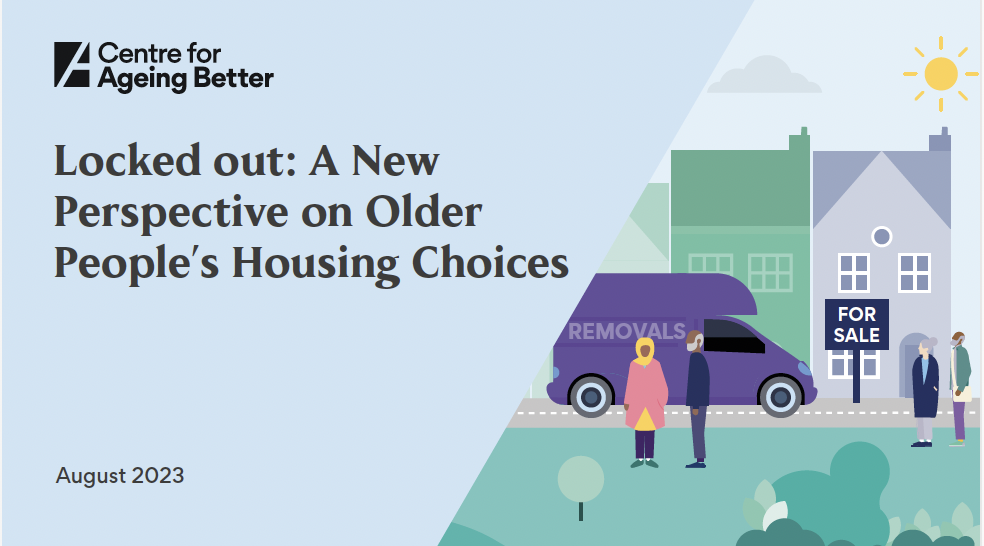One in five older people in the UK is trapped in their current home because of a shortage of suitable alternatives, new research commissioned by the Centre for Ageing Better reveals.
More than four million people aged 55 and above are actively seeking to move properties but cannot find new homes with the right location, tenure and affordability, according to the new report delivered in partnership with the Greater Manchester Combined Authority and Manchester School of Architecture (MSA).
The number of older people wanting to move but unable to find a suitable new home, says the report, is equivalent to combined population of Birmingham, Leeds, Glasgow, Sheffield and Bradford, and it calls on town planners and councillors to make housing plans and strategies more responsive to local and personal circumstances to improve housing choices.
The new report aims to challenge the flawed orthodoxy that incentives to downsize and retirement villages are the only housing solutions for older people.
It builds on previous research commissioned by Ageing Better and the Greater Manchester Combined Authority (GMCA) which revealed that very few older people (3.4%) move each year, despite many living in inadequate and inappropriate housing.
The previous study also found that the majority of older people who do move do not “downsize” and those that do only do so by moving to properties with one fewer bedroom.
Instead, the report authors recommend the “rightplace” approach which allows older people to select the neighbourhood and housing which meets their ambitions and needs, and improve their quality of life, as they grow older.
This is reliant on the availability of the right homes in the right locations amongst a supportive community and neighbourhood as well as being financially in reach for older people.
Requirements and barriers identified
The new research outlines five identities of older people and their distinct requirements from a house move and the barriers they face.
Researchers found these identities were bound by their experience of where they live, and not defined by age, socioeconomic class or tenure as is often the assumption.
The study found each identity requires different policy interventions and support programmes to find the right home for them.
By bringing together policy analysis of large data with local insights from planning data and direct engagement with residents, planning authorities can create more tailored housing policy to help improve local housing choices for older people and enable people to find the ‘right place’ to grow older.
Currently, at least two million people over the age of 55 live in homes that fail the minimum Decent Homes Standard while less than one in ten homes in the UK meet even minimum accessibility standards.
Dr Carole Easton OBE, Chief Executive at the Centre for Ageing Better, said: “It is abundantly clear that very few older people are currently able to find and access the right properties that could improve their quality of life.
“The solution to the problem is not incentivising or pressurising older people into downsizing. Instead, we need planning and housing to focus more on older people’s needs and deliver the right properties in the right locations and at the right price to give older people greater options than are available now to where and how they live.
“What our study found is that home, the perception of the package of social relationships, services, facilities and accommodation, rather than just the feelings about the quality and shortcoming of their house, provides the clearest indicator of older people’s preference to stay or move from where they live.
“The challenge for policy makers and planners is how to identify the specific barriers and opportunities that particular people face when attempting to rightsize as they grow older. Planning interventions and housing strategies need to be built upon a better understanding of these needs and wants, gained through direct engagement and coupled with localised data, if we are to end this house moving bottleneck currently experienced by older people.”
You can download the report “Locked Out – a new perspective on older peoples housing choices” – here:
